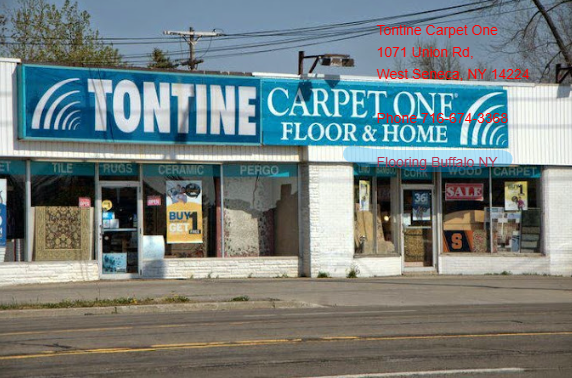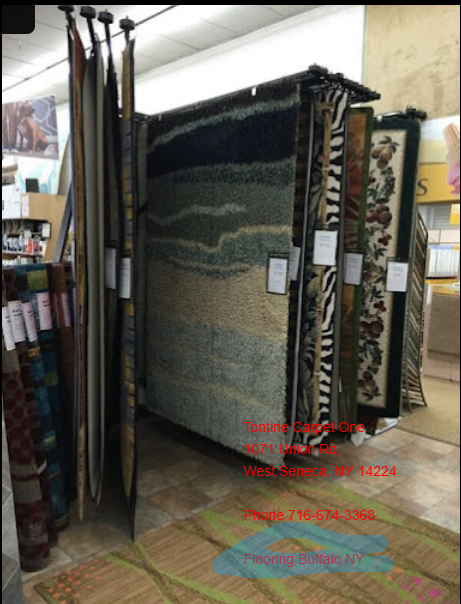Introduction
When we stroll through a fantastically embellished homestead, our eyes characteristically fall upon the carpeting that serves as the two a foundation and a remark piece. Carpets can lift spaces, featuring heat, comfort, and an aesthetic appeal. But have you ever wondered how carpet kinds evolved through the years? From highly-priced Persian rugs to modern minimalist designs, the journey of carpeting patterns reflects societal variations, technological advancements, and evolving tastes.
In this article, we’ll discover The Evolution of Carpeting Styles Over the Years in aspect. We'll delve into ancient context, resources used, design traits, and cutting-edge innovations within the carpet marketplace. Whether you might be attempting to find carpets Buffalo NY, Hardwood Flooring Buffalo NY, or readily exploring options at your local Buffalo Carpet Store, this text will provide insights into how carpets have converted through the years.
The Evolution of Carpeting Styles Over the Years
A Brief History of Carpeting
Carpeting has a rich records dating lower back hundreds of thousands of years. Initially created http://andreoclp394.iamarrows.com/a-guide-to-choosing-hardwood-flooring-in-buffalo-ny for real looking reasons, carpets advanced into ornamental paintings varieties that pondered cultural values and thoughts.
Early Beginnings: The Origin of Rugs
- Persian Influence: Persian rugs are most of the oldest well-known carpets, dating again to around 500 BC. Their elaborate designs usally characteristic floral motifs and geometric styles. Navajo Weaving: In North America, Native American tribes like the Navajo started out weaving their possess numerous rugs as early as the seventeenth century.
These early carpets were not only simple yet also served as standing symbols within their respective cultures.
The Middle Ages: A Shift in Functionality
As societies built at some point of the Middle Ages, carpets transitioned from being basically utilitarian to serving as decorative parts in castles and churches across Europe. The use of prosperous hues and elaborate designs became distinguished.
Renaissance to Industrial Revolution: The Rise of Luxury Carpets
Renaissance Flourishes
During the Renaissance interval (14th to seventeenth centuries), European royalty commissioned brilliant tapestries and carpets for his or her homes. These textiles featured vibrant colours and depicted scenes from mythology or nature.
Industrial Innovations
The Industrial Revolution inside the 18th century marked a sizeable turning point for carpeting patterns:
- Mass Production: With improvements in equipment, carpets will be produced on a bigger scale. Synthetic Fibers: The advent of manufactured fibers furnished longevity at lower prices.
twentieth Century: Diverse Styles Emerge
As we entered the twentieth century, carpeting begun to diversify added:
Mid-Century Modern Designs
The mid-century innovative movement emphasised simplicity and capability. Carpets including shag rugs became trendy by way of their textural characteristics.

Post-War Era Trends
After World War II, there has been a surge in suburban living which encouraged carpet design:
- Wall-to-wall carpeting become a staple in many houses. Bright colorings like avocado green and mustard yellow contemplated in style tradition throughout the time of this era.
Contemporary Trends: Sustainable Practices and Technology
Today’s carpets reflect present way of life selections with an emphasis on sustainability and expertise:
Eco-Friendly Materials
Many clientele are now trying sustainable choices constituted of recycled constituents or organic and natural fibers. This shift is clear at local flooring outlets like Tontine Carpet One Buffalo NY.
Technological Advancements
Innovations reminiscent of stain-resistant remedies and more advantageous set up methods have made asserting carpets less complicated than ever earlier.
Materials Used in Carpet Making Through Time
Natural vs Synthetic Fibers: A Comparative Analysis
When discussing carpet substances over the years, it’s simple to feel either common and artificial fibers:
| Material Type | Characteristics | Advantages | Disadvantages | |-------------------|-----------------------------------------------------|-----------------------------------------|-------------------------------------| | Natural Fibers | Wool, cotton, jute | Eco-friendly; costly believe | Can be dear | | Synthetic Fibers | Nylon, polyester | Durable; stain-resistant | Less breathable |
Wool: The Classic Choice
Wool has been respected for its sturdiness and steeply-priced texture at some point of heritage. It keeps warm temperature effectively and is certainly proof against grime.
Nylon: A Modern Marvel
Introduced within the mid-20th century, nylon simply have become popular as a consequence of its resilience towards put on and tear—best possible for high-traffic areas like hallways or residing rooms.
Design Trends Across Different Eras
Victorian Patterns: Opulence Redefined
In Victorian occasions (19th century), ornate patterns dominated carpet designs with floral motifs reflecting wealth.

Art Deco Inspirations
Art Deco (Nineteen Twenties) delivered geometric shapes into attention—featuring ambitious contrasts that also resonate right now.
Influence of Culture on Carpet Design
Cultural Significance
Every culture has its uncommon contribution to carpet making—from Persian motifs celebrating nature to Navajo patterns reflecting storytelling.

Regional Styles
Each area showcases precise features dependent on a possibility parts or usual programs—consider Turkish kilims versus Indian dhurries!
FAQs
1. What are some widely wide-spread styles of carpeting?
There are diversified sorts which includes loop pile, minimize pile (like plush), frieze (twisted), Berber (looped & textured). Each offers distinctive aesthetics & comfort stages!
2. How do I settle upon a carpet based on way of living?
Consider causes consisting of foot visitors phases! For busy households with pets/youngsters opt for long lasting options like nylon or Berber styles that resist stains!
3. Are green carpets worth it?
Absolutely! They not simply make contributions against sustainability however also can offer more desirable air exceptional merits! Many eco-friendly manufacturers now have classy choices too!
four. How many times ought to I substitute my carpet?
Typically each 5-10 years relying on usage & repairs! Regular cleaning can extend its life vastly!
5. What’s trending exact now in carpeting types?
Current traits emphasize textures—imagine shaggy appears to be like paired with neutral sunglasses! Also multi-practical vicinity rugs are noticeably ordinary!
6. Can I installation carpet myself?
While DIY deploy is you may principally with modular tiles; respectable setting up ensures faultless effects notably for wall-to-wall fittings!
Conclusion
As we reflect on The Evolution of Carpeting Styles Over the Years, this is transparent that those humble textiles inform tales far past aesthetics—they encapsulate cultural identities although adapting with time's currents! Whether you’re journeying your regional Buffalo Carpet Store or determining among treatments at Tontine Carpet One Buffalo NY; realizing this evolution complements appreciation to your preferences at this time!
From common fibers steeped in subculture to current synthetic inventions; our connection with floors stays profound! So next time you stroll across your plush dwelling room carpet recollect—it’s extra than simply fabrics underfoot—it’s history woven into each and every thread!